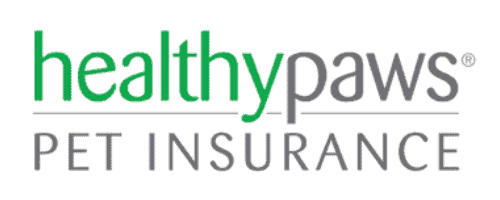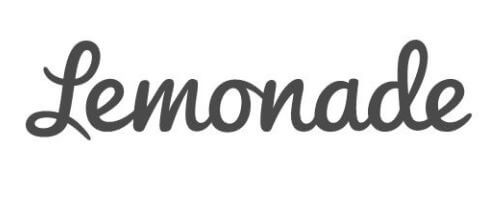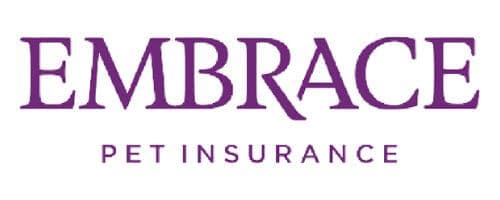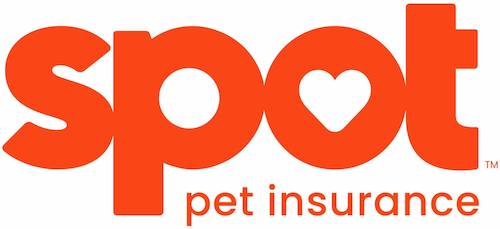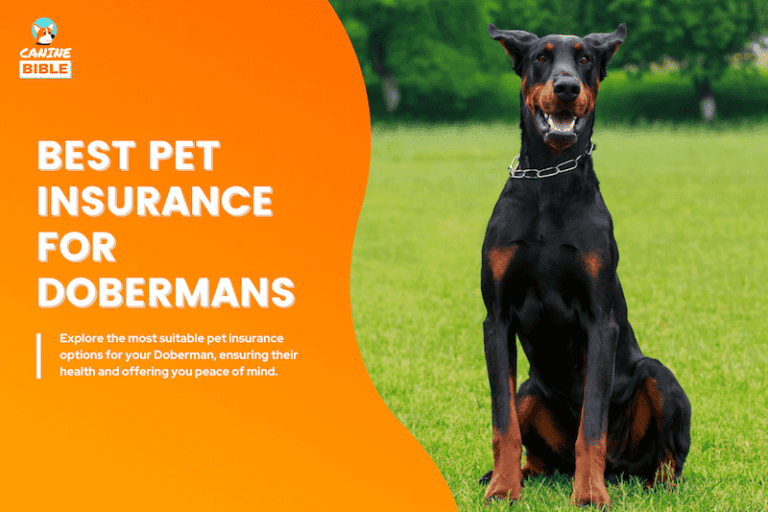Best Pet Insurance For Shiba Inu: Cost, Quotes & FAQs
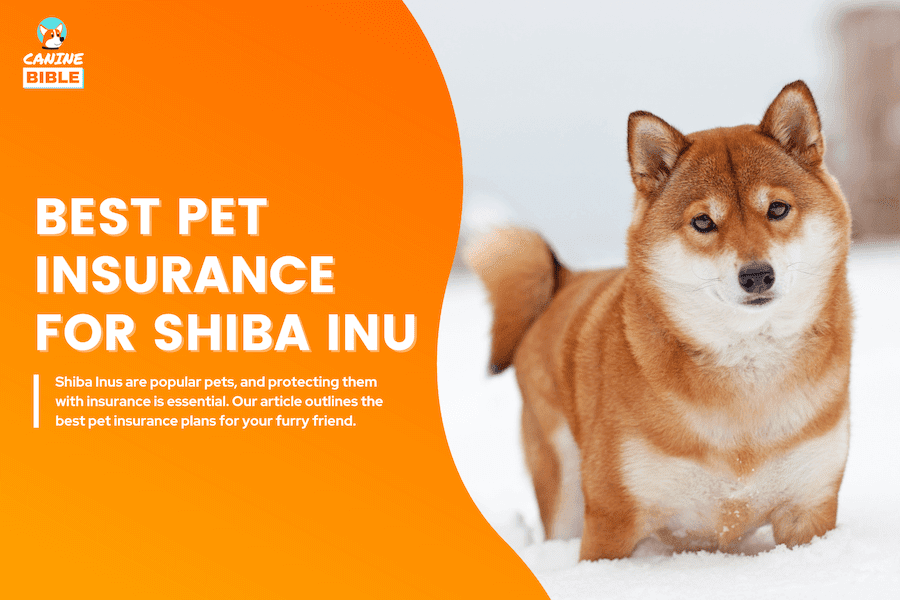
Canine Bible is reader-supported. We receive affiliate commissions via some of our links. This doesn’t affect rankings. Learn more.
As a proud Shiba Inu parent, I know firsthand how important it is to take care of these adorable and feisty dogs. From their mischievous personalities to their loyalty and intelligence, Shiba Inus make wonderful companions. But like any pet, they can be prone to health issues and accidents, resulting in costly veterinary bills.
Pet insurance can be a lifesaver for you and your furry friend. In this article, we’ll look at the best pet insurance options for Shiba Inu based on coverage, affordability, and customer reviews, so you can make an informed decision and provide your beloved Shiba Inu with the best care possible.
- Top Picks Insurance
- What Is Pet Insurance?
- How Much Will I Pay?
- Is Shiba Inu Pet Insurance Worth It?
- Best Shiba Inu Pet Insurance Reviews
- Average Cost of Healthy Vet Visits & Emergencies
- Pet Insurance For Shiba Inu Puppy
- Pet Insurance Types
- What Is Not Covered
- How to Pick Pet Insurance
- Should I Get Shiba Inu Pet Insurance?
The Best Pet Insurance For Shiba Inu
Here are Canine Bible’s top picks for the best pet insurance for Shiba Inu
You can click this link to go to the reviews, but we encourage you to keep reading to make a more educated decision about getting pet insurance for your Shiba Inu.
What Is Pet Shiba Inu Insurance?
Getting pet insurance for your Shiba Inu dog is equivalent to getting health insurance for yourself. Pet Insurance is designed to reimburse dog owners for unexpected veterinary expenses and related fees, giving them peace of mind and protecting their savings.
How Much Does Pet Insurance Cost For Shiba Inu?
Shiba Inu’s dog insurance prices will be based on your pet’s pre-existing health conditions, gender, age, location, and other factors.
Keep in mind rising vet costs due to technological advances and an increasing number of claims in your location, which can increase your monthly payment. For instance, if your Shiba Inu is quoted at $45 per month today, that price is subject to change.
We compared quotes for plans for Shiba Inu with three popular pet insurance providers to help you find the best fit for you in terms of monthly premiums and coverage. We chose three Shiba Inu at different stages in their life.
Check out our Pet Insurance Comparison table for Shiba Inu below.
Pet Insurance Quotes For Shiba Inu
| Company | Deductible | Reimbursement | Annual Reimbursement Limit | Monthly Price | Location | Gender | Breed | Age |
|---|---|---|---|---|---|---|---|---|
| Lemonade | $500 | 70% | $100,000 | $27.16 | SC, 29044 | Male | Shiba Inu | 6 years |
| Spot | $500 | 70% | Unlimited | $37.99 | SC, 29044 | Male | Shiba Inu | 6 years |
| Healthy Paws | $500 | 70% | Unlimited | $37.43 | SC, 29044 | Male | Shiba Inu | 6 years |
| Lemonade | $500 | 70% | $100,000 | $26.96 | CA, 95842 | Female | Shiba Inu | 2 year |
| Spot | $500 | 70% | Unlimited | $46.02 | CA, 95842 | Female | Shiba Inu | 2 year |
| Healthy Paws | $500 | 70% | Unlimited | $30.56 | CA, 95842 | Female | Shiba Inu | 2 year |
| Lemonade | $500 | 70% | $100,000 | $34.38 | TX, 75219 | Female | Shiba Inu | 6 months |
| Spot | $500 | 70% | Unlimited | $41.10 | TX, 75219 | Female | Shiba Inu | 6 months |
| Healthy Paws | $500 | 70% | Unlimited | $33.22 | TX, 75219 | Female | Shiba Inu | 6 months |
How Much Can You Expect to Pay For Shiba Inu Canine Insurance?
If you get Pet Insurance for your Shiba Inu, you can expect to pay between $21 to $73 per month. Depending on where you live, what deductible, and the reimbursement percentage you choose, you may spend more or less.
NOTE: The quotes we ran were for dogs with no pre-existing conditions. All quotes are from February 2023
Is Pet insurance For Shiba Inu Worth it?
Here are three main reasons why you should consider getting pet insurance for your Shiba Inu
1. Avoid Deciding Between Your Wallet And Your Shiba Inu
USA Today reports that many dog owners have made the terrible decision to euthanize their pups because they didn’t have the money to pay for surgery or treatment.[1]
Pet insurance allows you to seek medical care for your sick or injured Shiba Inu without worrying about hurting your finances.
On average, the most common dog treatments cost $252.75, while a more severe and common condition in Shiba Inu, like Patellar Luxation, can cost between $1,500 – $3,000 to diagnose and treat.[2]
2. Pet Insurance For Shiba Inu Accidents
According to a survey conducted by the American Pet Products Association, nearly 70% of households in the U.S. own a pet, and it’s estimated that 1 in 3 will need emergency veterinary treatment every year. So, how does that translate to Shiba Inu numbers?
A recent survey found that roughly 90 million dogs live in the United States.[3] So, unfortunately, 33% (1 in 3) of Shiba Inu may need emergency care this year. This could lead to massive vet bills. In fact, the average cost of unexpected veterinary care for dogs is between $250 to $8,000, says Healthy Paws in a recent report.[4] Sadly, only 61 percent of Americans cannot cover a $1,000 emergency.[5]
A good pet insurance plan will cover most of the vet costs as most pet insurance policies reimburse up to 80% (some go up to 90%) of total vet expenses after deductibles.
3. Common Health Issues For Shiba Inu
The following table shows the most common health conditions Shiba Inu are likely to develop.
We also include the level of risk (susceptibility to each health condition) and how much you are expected to pay.
| Condition | Risk | Cost to Diagnose & Treat |
|---|---|---|
| Hip Dysplasia | Medium | $1,500 - $6,000 |
| Patellar Luxation | High | $1,500 - $3,000 |
| Skin Diseases | Medium | $500 - $2,500 |
| Anxiety | Medium | $250 - $300 |
| Cataracts | Medium | $1,500 - $5,000 |
| Hypothyroidism | Medium | $300 - $800 |
Other Reasons To Get Dog Insurance For Your Shiba Inu
Pro Tip: If you know your dog breed is prone to develop certain health issues, we highly recommend getting a pet insurance policy when your dog is still healthy. If your dog does develop chronic conditions down the road, you’re guaranteed reimbursement for these issues throughout your dog’s life.
Pet Insurance for your Shiba Inu can spare you financial trouble. Chronic health conditions, emergencies, and vet visits can rack up costs throughout your Shiba Inu’s life.
Best Pet Insurance For Shiba Inu
Here are Canine Bible’s top picks for the best pet insurance for Shiba Inu.
We’ve reviewed each company based on specific breed needs, customer reviews, affordability, and other factors to help you choose the right company and coverage for your Shiba Inu.
Best Overall — Healthy Paws
We named Healthy Paws our best overall pet insurance for your Shiba Inu for its comprehensive coverage, pricing, availability, and customer service. There are no caps on payouts when you file a claim under a Healthy Paws insurance plan. A Healthy Paws insurance plan may cover accidents, illnesses, cancer, emergency care, genetic conditions, and alternative care.
They have competitive premium prices. We ran a quote for a healthy Shiba Inu at a $500 deductible, with 70% coverage. Depending on your location, pet’s age, and other factors, you can expect to pay between $25 and $46.
With Healthy Paws, you can start protecting your Shiba Inu at eight weeks old. You can protect them from anything like a pesky bee sting to parvo.
Once you pay your deductible, there is no limit on the amount your policy can reimburse you. It also has fewer coverage exclusions compared to many competitors. Healthy Paws states that they pay 99% of claims in two days.
Pros
Cons
Best Value — Lemonade Pet Insurance
Lemonade offers excellent pet insurance coverage for your Shiba Inu at the most affordable price. While your monthly premium cost will vary by location, pet’s age, gender, and other factors, Lemonade premiums usually start at just $10 a month, the lowest in the industry.
To estimate your monthly premium, we ran a few quotes for a healthy Shiba Inu at a $500 deductible and 70%, 80%, and 90% coverage. Based on our research, you can expect to pay between $21 and $28.
We love that Lemonade is tech-forward, making it easy to manage your policy and file claims through an app. Their plans cover accidents and illnesses, including injuries, poisonings, broken bones, sprains, infections, general sicknesses, cancer, heart disease, hip dysplasia, hernias, skin conditions, and more.
They also offer several add-ons to help pet owners pay for exam fees, physical therapy, and preventive care costs.
Pros
Cons
Most Customizable Plans — Spot Insurance
Spot Pet Insurance is ideal for Shiba Inu dog owners who want a variety of ways to customize their policies. Spot offers seven annual limit options, three reimbursement levels, and five annual deductibles. They offer the lowest deductible in the industry ($100), meaning that when your Shiba Inu gets sick, you pay less upfront before your plan starts paying. With so many customization options, this company it’s our top pick for finding a plan for meeting your specific financial needs and those of your pet.
Spot’s policies also cover some items, such as exam fees and microchipping, that many other pet insurance providers don’t offer. They also have one of the cheapest plans for accident-only coverage, making it perfect for pet owners who only need minimal coverage.
If you sign up with Spot Pet Insurance, based on our research, you can expect to pay between $35 and $73, but prices may vary depending on your location, Shiba Inu’s age, and other factors.
Spot covers you when your Shiba Inu gets hurt unexpectedly, from tooth extractions to torn ligaments. They can also cover Hip Dysplasia treatment, which Shiba Inu are prone to, as long as they were diagnosed after coverage.
Pros
Cons
Great For Pre-Existing Conditions
If your Shiba Inu suffers from a curable pre-existing condition Embrace Pet Insurance is your best choice! Most pet insurance companies do not cover pre-existing conditions, but Embrace distinguishes between curable and incurable pre-existing conditions. They can cover curable conditions after 12 months of symptoms and are treatment-free.
Shiba Inu Average Vet Bill Cost (Healthy Vet Visits vs Emergencies)
Are you wondering how much you would have to pay out of pocket for regular vet visits and emergencies? Here is a breakdown of the average price for both.
If you don’t have insurance, you will likely pay similar amounts for either visit.
Healthy Vet Visits
Emergency Vet Visits
Pet Insurance For Shiba Inu Puppy
Should you get pet insurance for your Shiba Inu puppy?
Here are the top reasons you should consider Shiba Inu puppy insurance.
Types of Pet Insurance Coverage
What does pet insurance cover? It depends on your plan. There are two main types of pet insurance plans.
You can sign up for 1 or 2 (or both), but this will mostly depend on your Shiba Inu needs and finances. Most pet insurance companies nowadays offer a single plan that includes accidents and illness.
In addition to that, pet insurance providers also offer wellness plans, also known as “routine” or “preventative.” care plans. It covers most routine vet visits, such as vaccinations. A wellness plan is not pet insurance.
The Most Common Items Covered Per Type of Pet Insurance
| Accident Coverage | Illness Coverage | Wellness Coverage |
|---|---|---|
| Broken bones | Obesity | Flea, tick and worm treatments |
| Torn ligaments | UTIs | Rabies |
| Bite wounds | Cancer | Microchip |
| Poisoning | Hypothyroidism | De-worming |
| Injuries | Digestive Issues | teeth cleaning |
| Emergencies | IVDD | Routine testing |
| Eye Injuries | Vomiting and diarrhea | Annual exams |
| Snake Bite | Arthritis | Spay and neuter |
| Toxin food ingestion | Parasites | Urinalysis (ERD) |
Not all pet insurance companies offer wellness plans. ii. Coverage items will depend and vary depending on the company and plan you choose.
What Does Pet Insurance Not Cover?
Pet insurance doesn’t cover it all!
When buying Pet Insurance for your Shiba Inu, you’ll need to carefully review the different plans to see what isn’t covered.
Most pet insurance policies exclude the following:
This exclusion will vary depending on your pet insurance company and plan.
Tip: Please always read your policy. Request the complete list of exclusions before getting pet insurance. This will ensure your Shiba Inu is fully covered by the plan you pick and help you avoid surprises down the road.
How Do I Pick The Right Dog Insurance For My Shiba Inu?
Here are eight tips to help you choose the best pet insurance policy for your Shiba Inu.
Should I Get Shiba Inu Pet Insurance?
Shiba Inu owners should consider purchasing pet insurance. The right coverage can protect against unexpected vet bills and ensure that their pet receives the best care. It is critical to select a policy that provides comprehensive coverage at an affordable price and has a good reputation.
Shiba Inu owners can find the best policy by researching and comparing options. Pet insurance can give owners peace of mind, given the breed’s health tendencies. It is a wise decision for all pet owners, especially for Shiba Inu. Investing in insurance can ensure that your pet receives the best care, even if they suffer from an unexpected illness.
Like It? Subscribe & Share!
Canine Bible authorship represents the unified voice of our entire editorial team and our in-house veterinarians rather than a single author. Each article, blog post, and review published under the Canine Bible name undergoes a rigorous review process, involving all team members to guarantee accuracy and up-to-date in accordance with the latest veterinarian research. This collaborative effort is an integral part of our editorial process and aligns with our four pillars of content creation. This approach ensures our content is backed by expert knowledge and factual information, offering our readers reliable, actionable, and trustworthy content.

